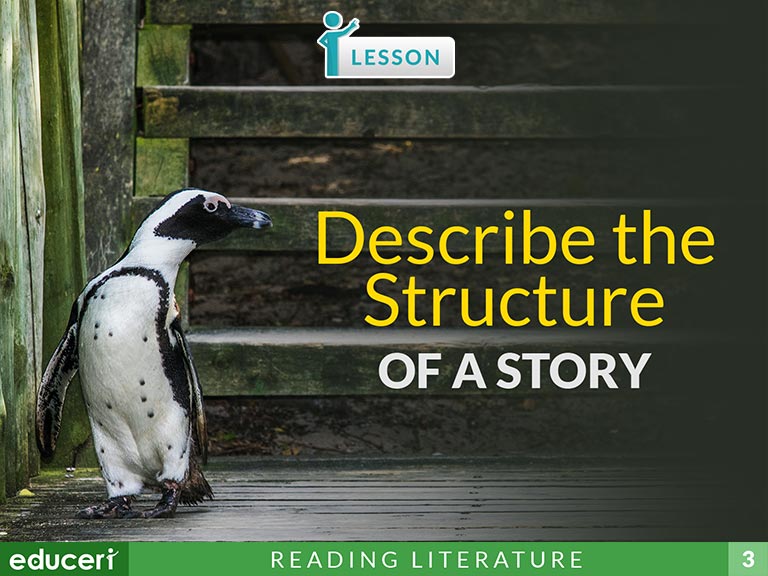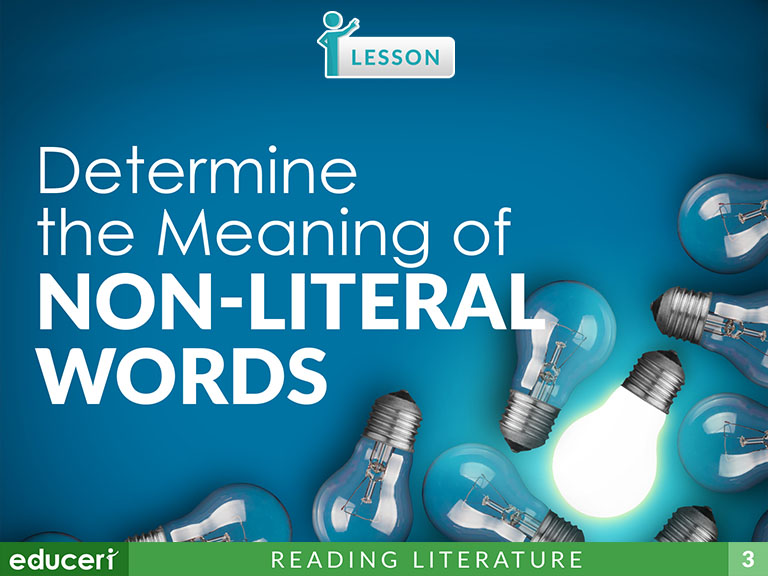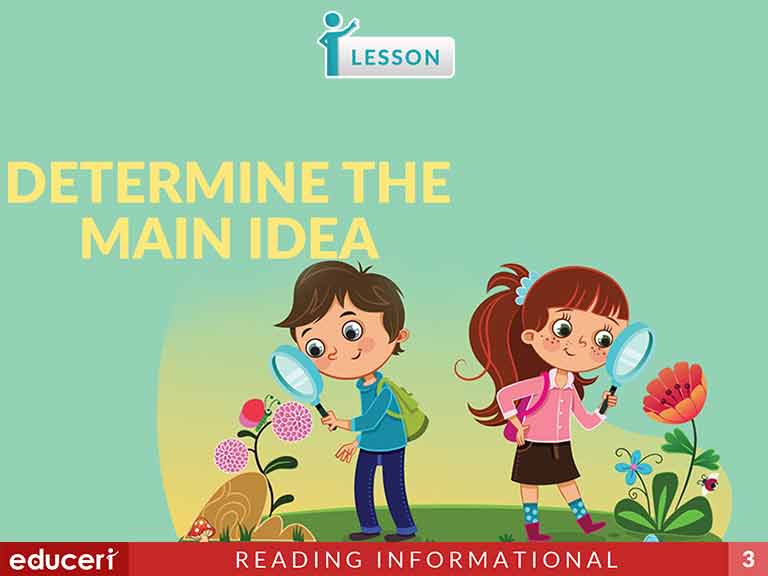All Lessons
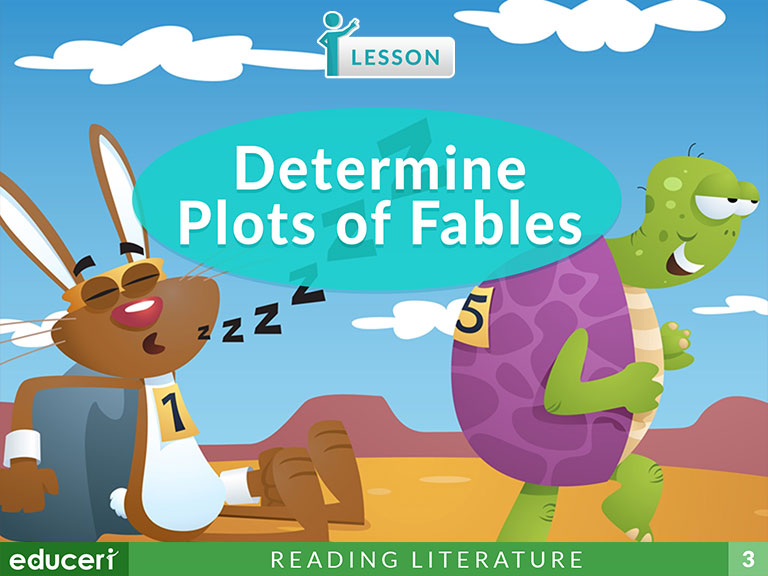
Determine Plots of Fables
This literary response and analysis lesson focuses on comprehending plots of fables. The lesson includes research-based strategies and strategic questions that prepare students for assessments. In this lesson, students use the characteristics of fables (decision making, a moral) to comprehend the plot of fables. In addition to the lesson, there are four pages of Independent Practice and review with questions modeled after current adaptive testing items.
Share This Lesson
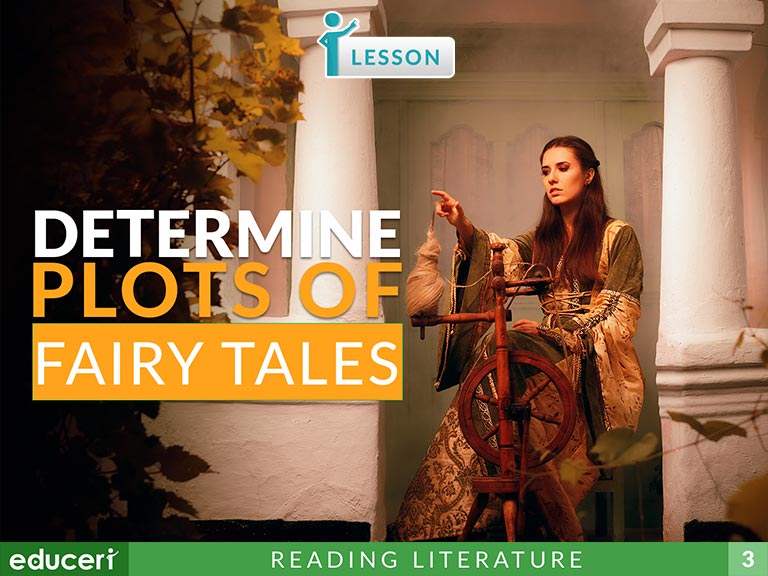
Determine Plots of Fairy Tales
This literary response and analysis lesson focuses on comprehending plots of fairy tales. The lesson includes research-based strategies and strategic questions that prepare students for assessments. In this lesson, students use the characteristics of fairy tales (magic, happy ending, etc.) to comprehend the plot of fairy tales. In addition to the lesson, there are four pages of Independent Practice and review with questions modeled after current adaptive testing items.
Share This Lesson
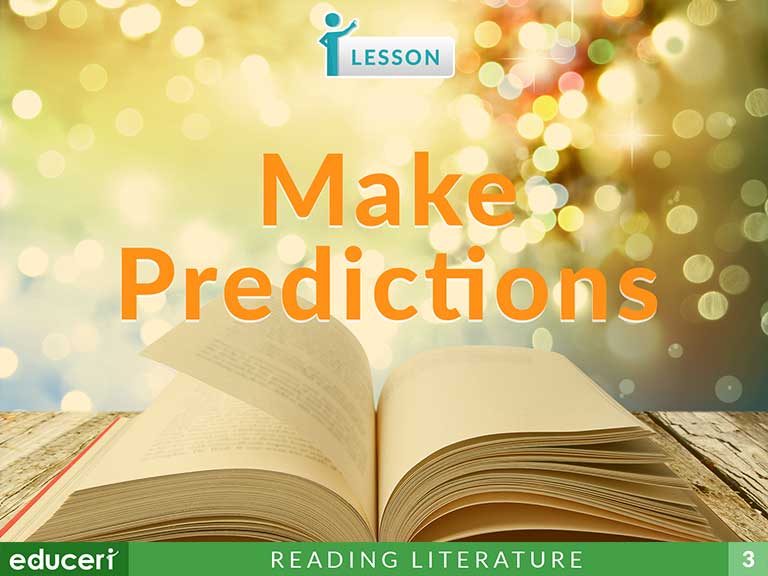
Make Predictions
This reading comprehension lesson focuses on making predictions. The lesson includes research-based strategies and strategic questions that prepare students for assessments. In this lesson, students use clues from the text and prior knowledge to make predictions. In addition to the lesson, there are four pages of Independent Practice and review with questions modeled after current adaptive testing items.
Share This Lesson
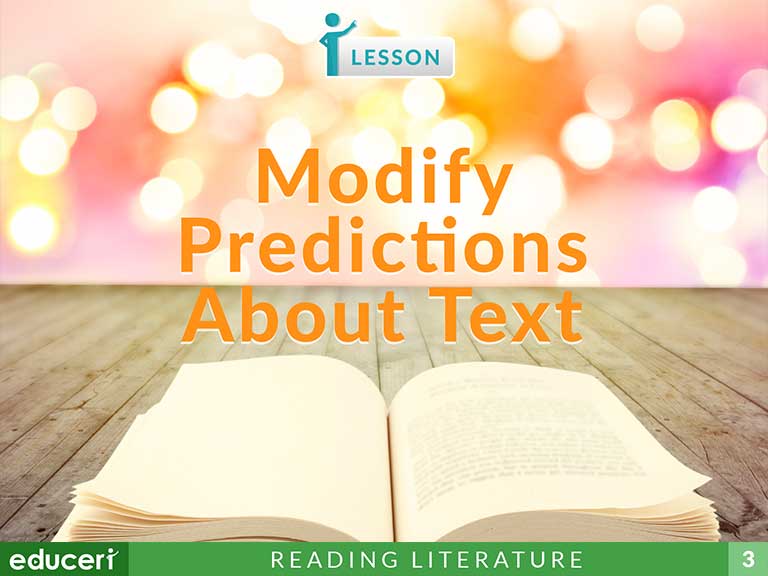
Modify Predictions about Text
This reading comprehension lesson focuses on modifying predictions about text. The lesson includes research-based strategies and strategic questions that prepare students for assessments. In this lesson, students use clues from the text and prior knowledge to modify incorrect predictions. In addition to the lesson, there are four pages of Independent Practice and review with questions modeled after current adaptive testing items.
Share This Lesson
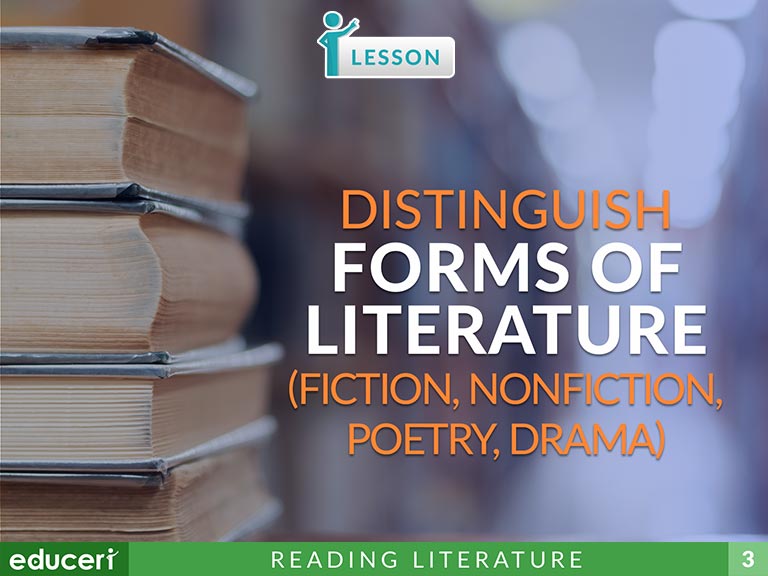
Distinguish Forms of Literature (Fiction, Nonfiction, Poetry, Drama)
This literary response and analysis lesson focuses on distinguishing forms of literature. The lesson includes research-based strategies and strategic questions that prepare students for assessments. In this lesson, students read different passages and use the characteristics of fiction, non-fiction, poetry, and drama to distinguish different forms of literature. In addition to the lesson, there are five pages of Independent Practice and review with questions modeled after current adaptive testing items.
Share This Lesson
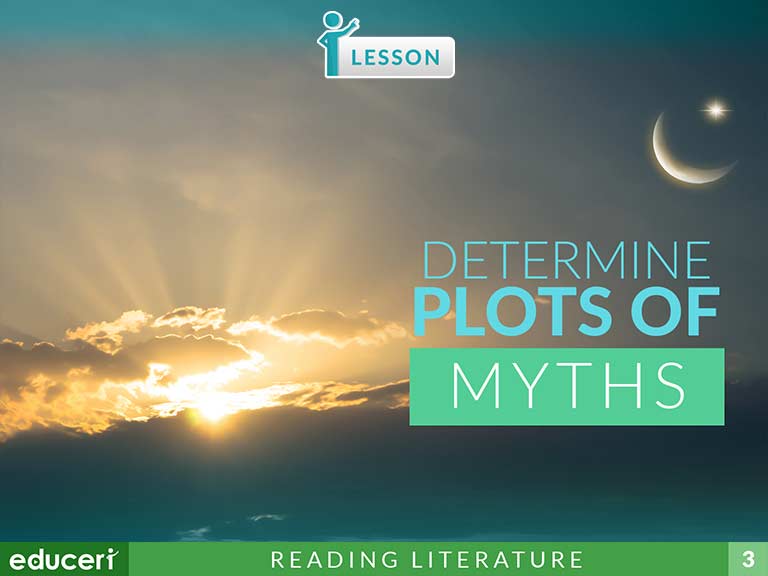
Determine Plots of Myths
This literary response and analysis lesson focuses on comprehending plots of myths. The lesson includes research-based strategies and strategic questions that prepare students for assessments. In this lesson, students use the characteristics of fairy tales (the made-up story that explains something, gods and goddesses, etc.) to comprehend the plot of myths. In addition to the lesson, there are four pages of Independent Practice and review with questions modeled after current adaptive testing items.
Share This Lesson
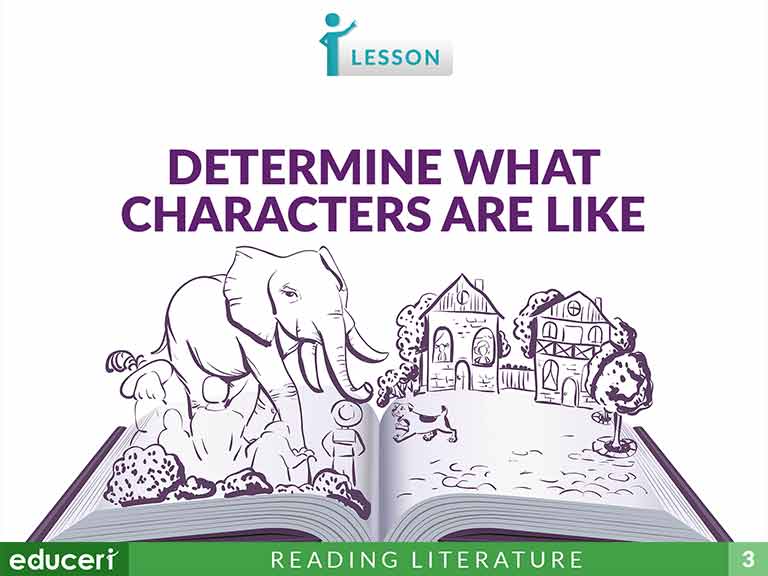
Determine What Characters are Like
RL.3.3 Describe characters in a story (e.g., their traits, motivations, or feelings) and explain how their actions contribute to the sequence of events
RL.3.7RL.3.7 Explain how specific aspects of a text's illustrations contribute to what is conveyed by the words in a story (e.g., create mood, emphasize aspects of a character or setting)
This literary response and analysis lesson focuses on determining what characters are like by how the author and illustrator portray them. The lesson includes research-based strategies and strategic questions that prepare students for assessments. In this lesson, students use the written words of an author and the details in an illustration by an illustrator to determine what characters are like. In addition to the lesson, there are four pages of Independent Practice and review with questions modeled after current adaptive testing items.
Share This Lesson
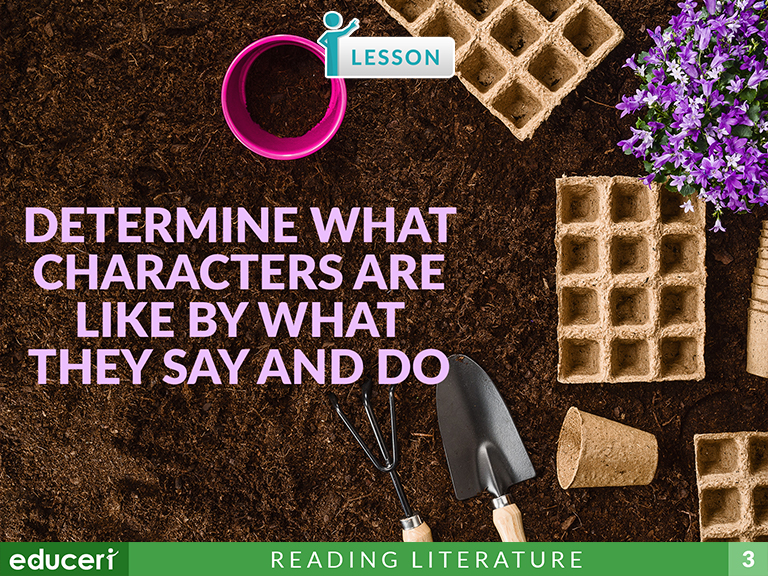
Determine What Characters are Like by What They Say and Do
This literary response and analysis lesson focuses on determining what characters are like by what they say and do. The lesson includes research-based strategies and strategic questions that prepare students for assessments. In this lesson, students identify what a character says and does in a story to determine their character traits (e.g., smart, brave, tricky, kind, dishonest, etc.). In addition to the lesson, there are four pages of Independent Practice and review with questions modeled after current adaptive testing items.
Share This Lesson
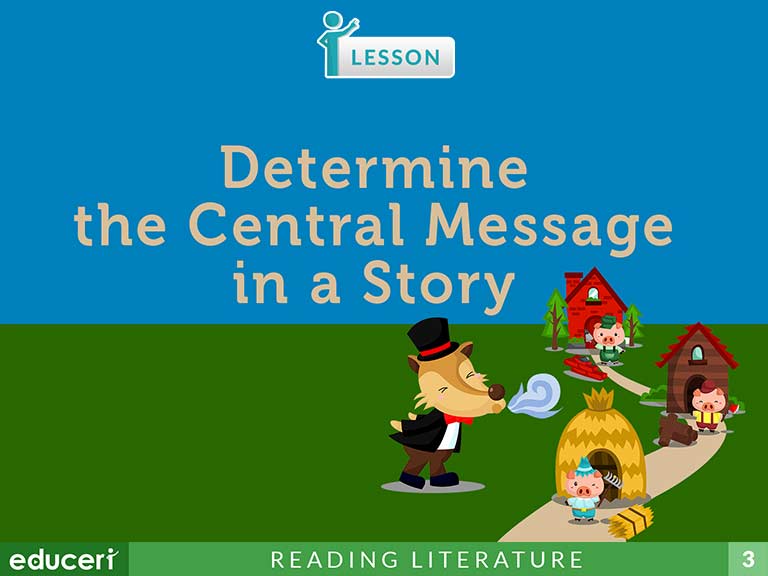
Determine the Central Message in a Story
This reading literature lesson explains how to determine the central message of a text. In this lesson, students will discuss the main events of a text and choose which of several possible sentences would best show the central message.
Share This Lesson
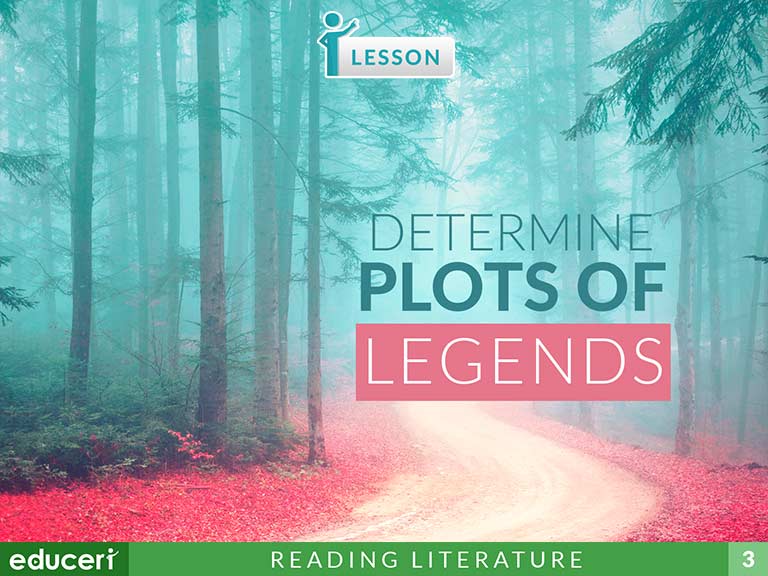
Determine Plots of Legends
This literary response and analysis lesson focuses on determining plots of legends. The lesson includes research-based strategies and strategic questions that prepare students for assessments. In this lesson, students use the characteristics of legends (a real/imaginary hero, exaggerated details, etc.) to comprehend the plot of legends. In addition to the lesson, there are four pages of Independent Practice and review with questions modeled after current adaptive testing items.
Share This Lesson
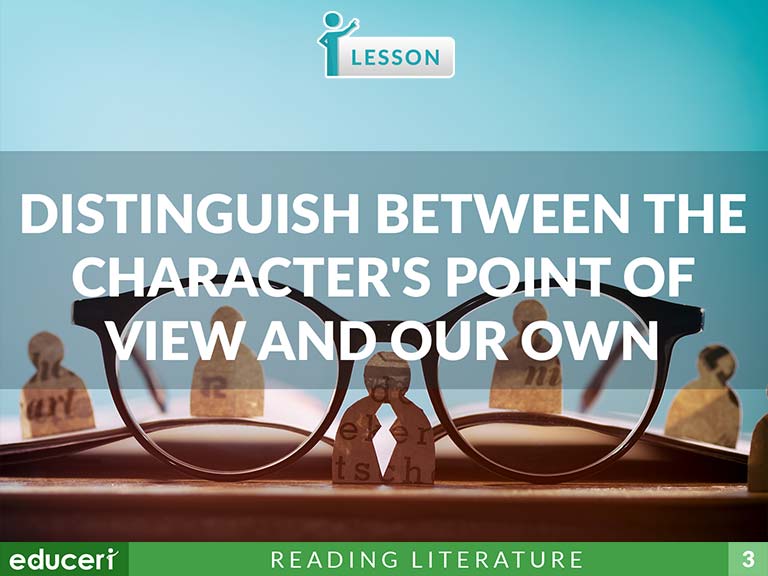
Distinguish Between the Character's Point of View and Our Own
In this Reading Literature lesson, students distinguish between what a character thinks and feels and their own thoughts and feelings on the story. The lesson includes research-based strategies and strategic questions that prepare students for assessments. In addition to the lesson, there are eight pages of Independent Practice and review with questions modeled after current adaptive testing items.
Share This Lesson
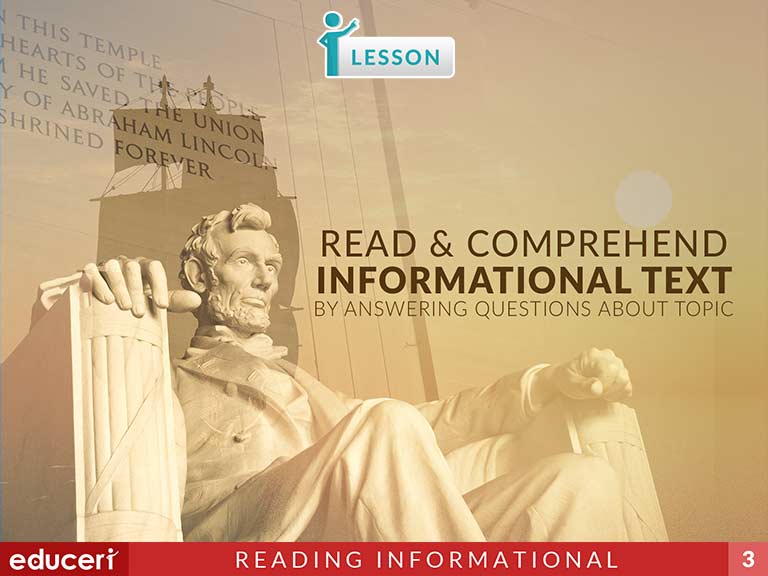
Read and Comprehend Informational Text by Answering Questions about Topic
This reading informational text lesson focuses on reading comprehension. The lesson includes research-based strategies and strategic questions that prepare students for assessments. In this lesson, students will ask and answer questions to demonstrate understanding of a text, referring explicitly to the text as the basis for the answers. (Also aligns with 3.RI.1.)
Share This Lesson
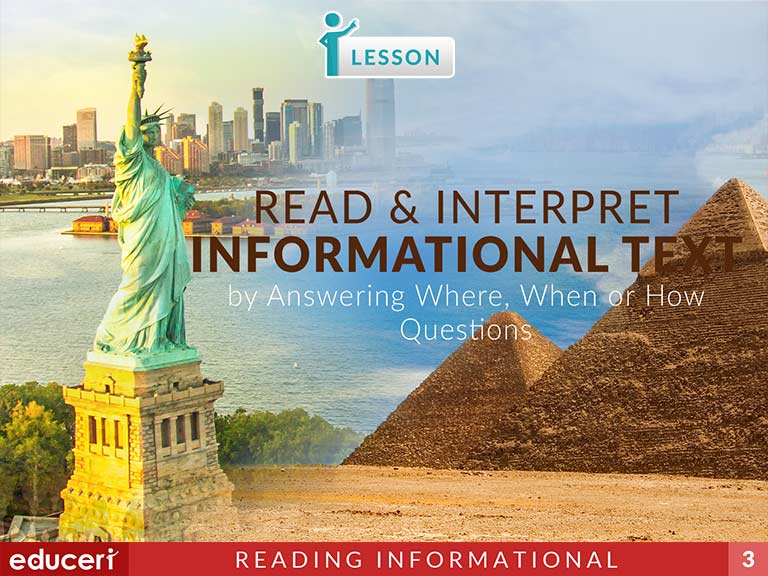
Read and Interpret Informational Text by Answering Where, When or How Questions
This reading information text lesson focuses on reading and interpreting. In this lesson, students will answer where, when, and how questions about a text. The lesson includes research-based strategies and strategic questions that prepare students for assessments. (Also aligns with 3.RI.1.)
Share This Lesson
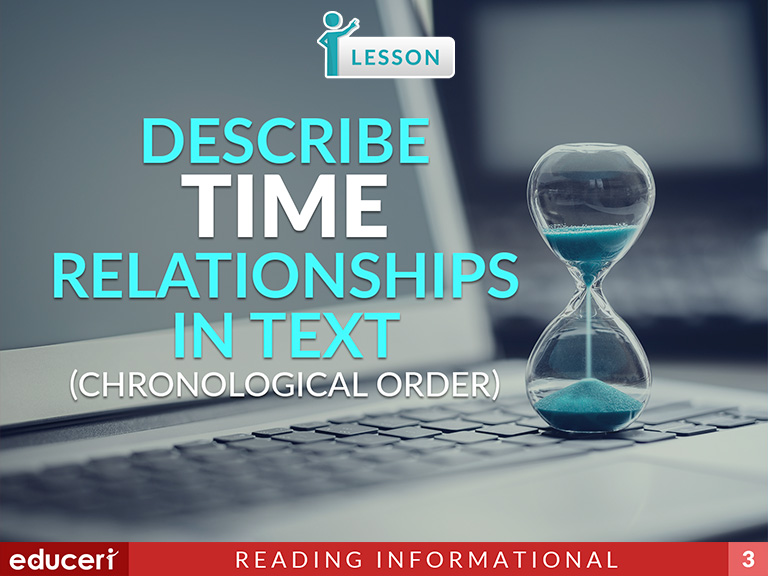
Describe Time Relationships in Text (Chronological Order)
This reading informational text lesson focuses on time relationships in text. The lesson includes research-based strategies and strategic questions that prepare students for assessments. In this lesson, students will identify time clue words (month, day, year, time, age) and then identify the time order of events in a text.
Share This Lesson

Determine Sequential Order in Text
This reading informational text lesson that describes the sequence relationships between ideas in a text. The lesson includes research-based strategies and strategic questions that prepare students for assessments. In this lesson, students will identify clue words (such as, first, last, next, etc.) and then answer questions that determine the relationship between ideas.
Share This Lesson
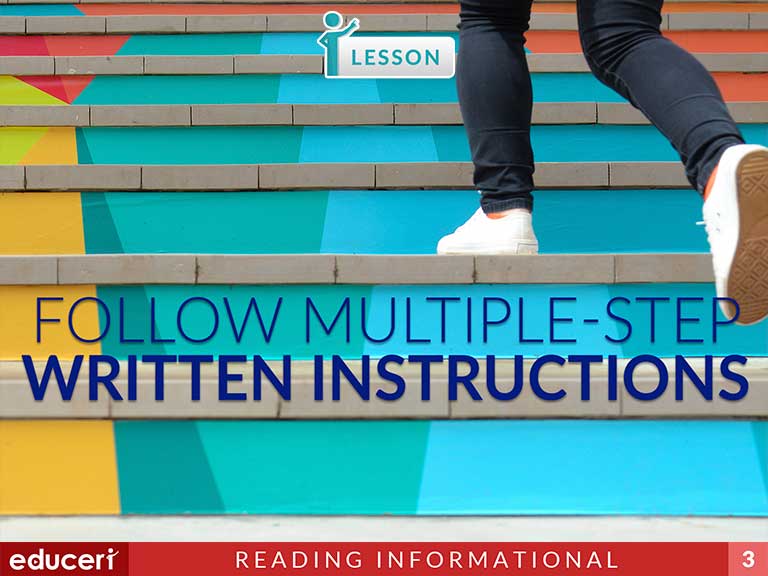
Follow Multiple-Step Written Instructions
This reading comprehension lesson focuses on following multiple-step written instructions. The lesson includes research-based strategies and strategic questions that prepare students for assessments. In this lesson, students use directions containing more than one step to answer questions about how to make or do something. In addition to the lesson, there are four pages of Independent Practice and review with questions modeled after current adaptive testing items.
Share This Lesson
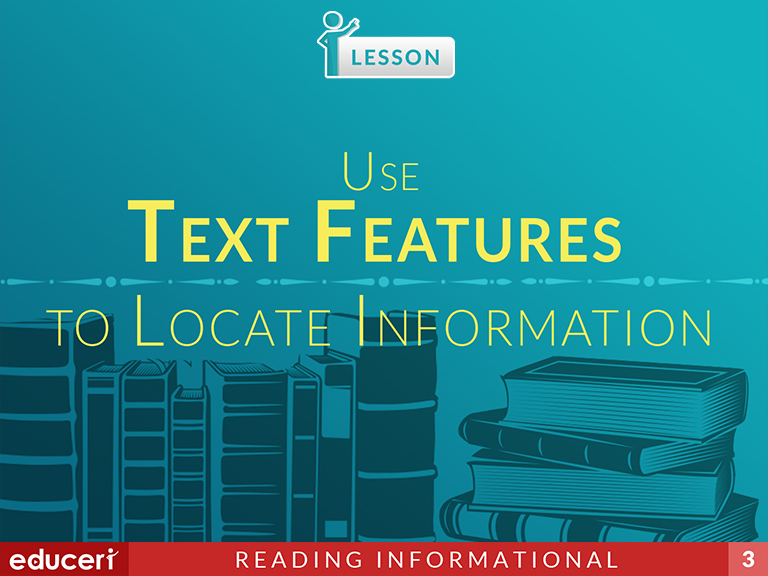
Use Text Features to Locate Information
This reading comprehension lesson focuses on using chapter headings to locate information. The lesson includes research-based strategies and strategic questions that prepare students for assessments. In this lesson, students use chapter headings and subheadings to locate information in a table of contents or text passage. In addition to the lesson, there are five pages of Independent Practice and review with questions modeled after current adaptive testing items.
